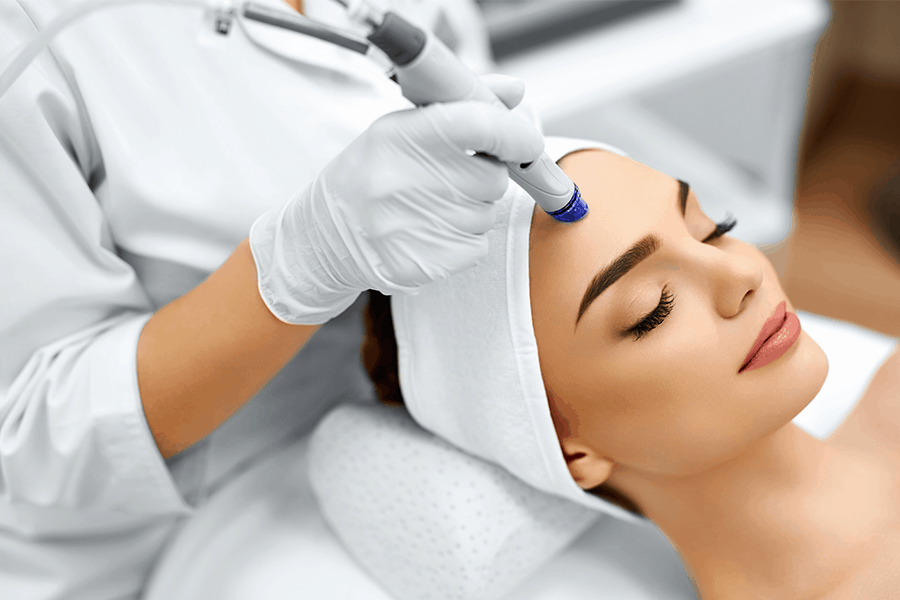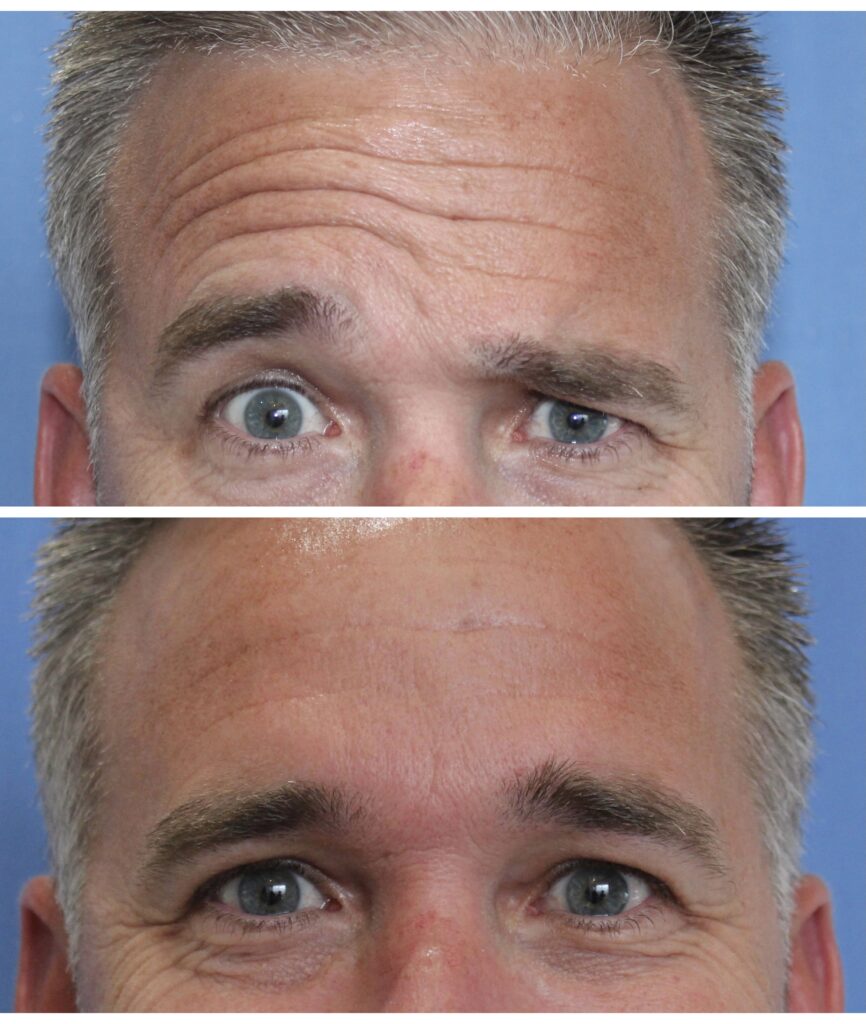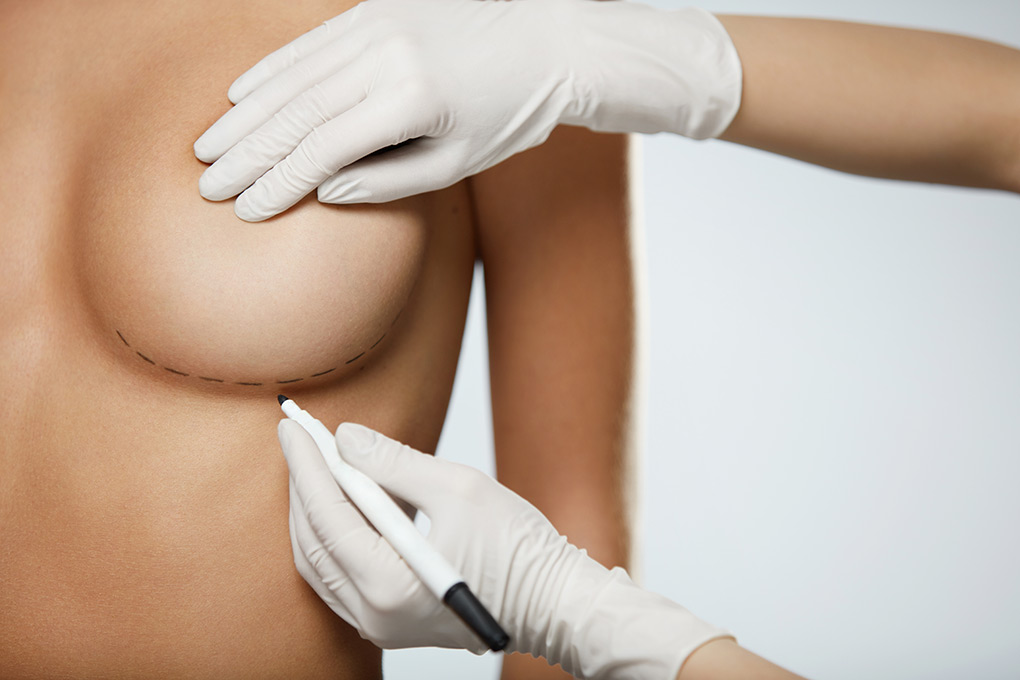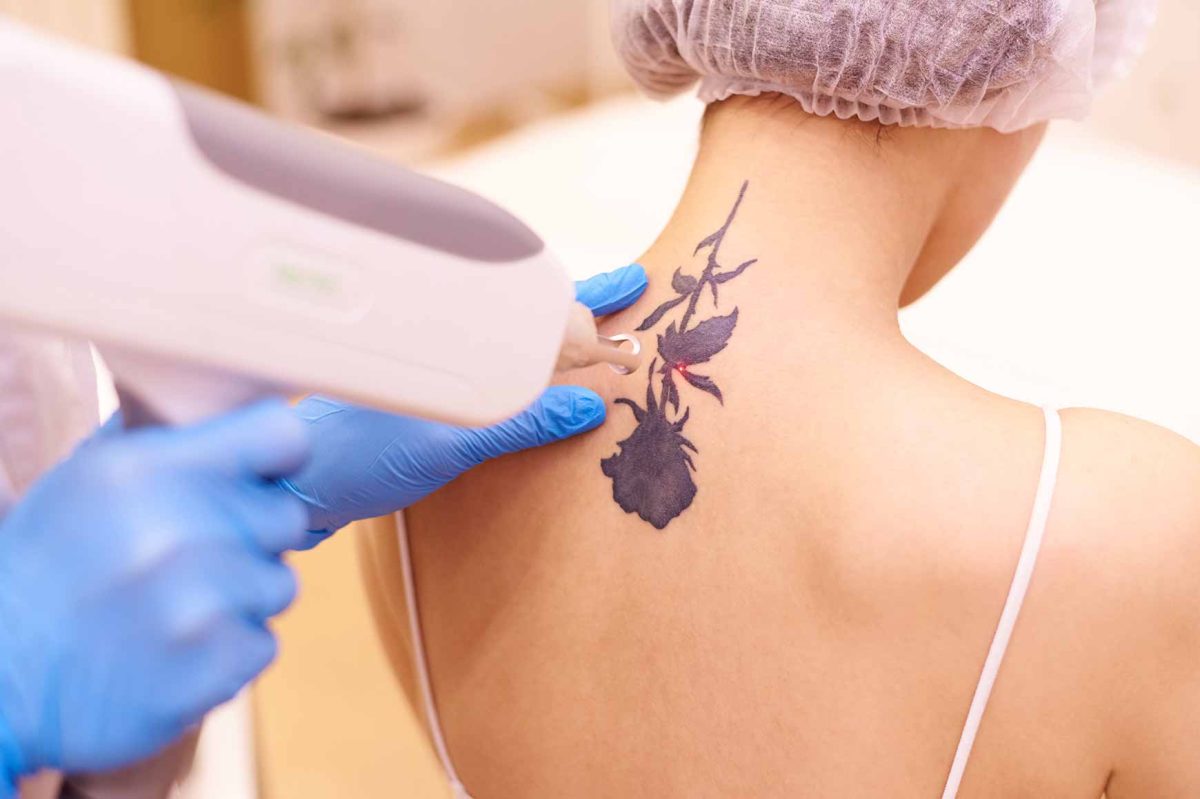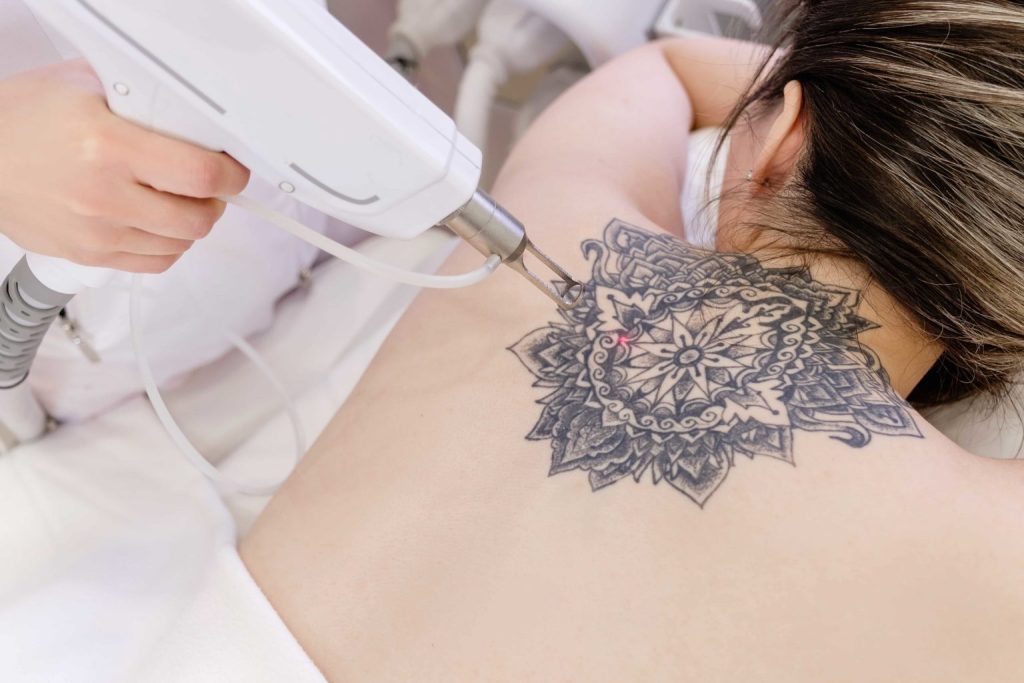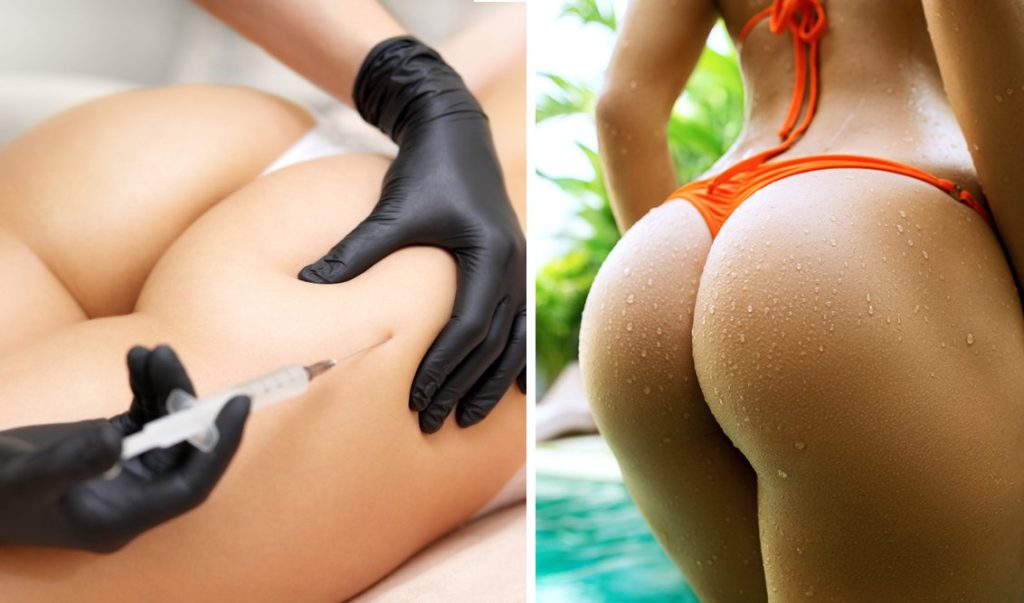Understanding Arm Lift Surgery
Definition and Goal
Arm lift surgery, also known as brachioplasty, aims to improve the appearance of the upper arms by addressing sagging skin from the elbow to the back, with individual results varying. This cosmetic surgery procedure removes excess sagging skin and fat between the underarm and elbow. The goal is to create a more toned and proportionate arm contour through cosmetic surgery, enhancing the elbow and back in a balanced manner. Many people seek this surgery after significant weight loss or due to aging.
Candidate Suitability
Not everyone is a suitable candidate for an arm lift cosmetic surgery. Ideal candidates should be in good health with no medical conditions that impair healing. They should have realistic expectations about the outcome. Those with a stable weight are preferred. Significant weight fluctuations can affect results. Non-smokers are better suited as smoking can complicate recovery.
Procedure Duration
The average duration of an arm lift surgery is 2-3 hours. It is usually performed on an outpatient basis. This means patients can go home the same day. However, some may need an overnight stay depending on individual circumstances.
Steps Involved
-
Anesthesia: General anesthesia or local anesthesia with sedation is administered.
-
Incision: Incisions are made on the inside or back of the arm.
-
Tissue Removal: Excess skin and fat are removed.
-
Sutures: The incisions are closed with sutures.
Recovery Time
Recovery from an arm lift surgery varies. Most patients return to work within two weeks. Full recovery can take several months. Swelling and bruising are common but subside over time. Patients should avoid strenuous activities for at least six weeks.
Risks and Complications
Like any surgery, arm lifts carry risks. These include infection, bleeding, and scarring. Numbness or changes in skin sensation can occur but often resolve over time. It’s important to follow post-operative care instructions to minimize risks.
Costs Involved
The cost of an arm lift surgery varies widely based on location, surgeon’s experience, and facility fees. On average, it ranges from $4,000 to $8,000 in the United States. This typically includes anesthesia, operating room facilities, and other related expenses.
Factors Influencing Cost
Geographic Location
The cost of arm lift surgery varies by location. In large cities, prices are often higher. This is due to the high cost of living and demand for medical services. For example, a procedure in New York or Los Angeles may cost more than one in a smaller town.
In rural areas, costs tend to be lower. Fewer patients mean less demand for surgeries. Lower overhead costs for clinics also contribute to reduced prices. However, finding highly experienced surgeons in these areas can be challenging.
Surgeon’s Expertise
A surgeon’s experience affects the price significantly. Highly skilled surgeons with many years of practice charge more. They have a proven track record and often use advanced techniques. Patients are willing to pay extra for high-quality results.
Newer surgeons may offer lower prices. They might be building their reputation and attracting clients. However, choosing a less experienced surgeon involves risks. The quality of the outcome might not match that of seasoned professionals.
Case Complexity
The complexity of the case also impacts the cost. Simple procedures are less expensive. They require less time and fewer resources. For instance, a minor lift with minimal skin removal is cheaper.
More complex cases cost more due to additional factors:
-
Extensive skin removal
-
Combination with other procedures
-
Longer surgery duration
These elements increase the overall expense. Patients with significant weight loss or severe sagging skin may face higher costs. Complex cases often need specialized care and extended recovery time.
What Costs May Include
Anesthesia Fees
Anesthesia is essential during arm lift surgery. It ensures patients feel no pain. Anesthesia fees can vary based on the type used. Local anesthesia costs less than general anesthesia. On average, expect to pay between $500 and $1,000.
Surgical Facility Costs
The surgical facility where the procedure takes place also charges fees. These include operating room expenses and equipment use. Surgical facility costs typically range from $1,000 to $2,000. Some high-end clinics may charge more.
Surgeon’s Fee
The surgeon’s expertise affects the cost. More experienced surgeons charge higher fees. The surgeon’s fee usually falls between $2,000 and $5,000. This fee reflects their skill and experience level.
Medical Tests
Before surgery, doctors require medical tests. These tests ensure patients are fit for surgery. Common tests include blood work and physical exams. The cost of medical tests ranges from $100 to $300.
Post-Surgery Garments
After surgery, patients need special garments. These garments help reduce swelling and support healing. Post-surgery garments cost between $50 and $150 each. Patients may need more than one garment.
Prescriptions
Medications are necessary after surgery for pain management and infection prevention. Typical prescriptions include painkillers and antibiotics. The cost of prescriptions can add up to about $50 to $200.
Follow-Up Visits
Follow-up visits are crucial for monitoring recovery. Surgeons check for complications and ensure proper healing. Follow-up visit costs vary but generally range from $100 to $300 per visit.
Potential Complications
Complications can arise post-surgery, requiring additional treatment. These might include infections or poor wound healing. Addressing these complications can increase overall costs significantly.
Additional Procedures
e patients may need additional procedures for optimal results. These could include minor touch-ups or scar revisions. Additional procedures can add several hundred to a few thousand dollars to the total cost.
Selecting a Surgeon
Board-Certified Importance
Choosing a board-certified plastic surgeon is crucial. Certification ensures the doctor has undergone extensive training. It also indicates they meet high standards of practice.
A certified surgeon minimizes risks during and after surgery. They follow strict protocols to ensure patient safety. This reduces the chances of complications.
Consultation Questions
During the consultation, ask specific questions. These help assess the surgeon’s experience and approach.
-
How many arm lift surgeries have you performed?
-
What are your qualifications and certifications?
-
Can you explain the potential risks and how you handle them?
These questions provide insight into their expertise. A skilled surgeon will answer confidently and clearly.
Evaluating Photos
Review before-and-after photos of previous arm lifts. This helps in understanding the surgeon’s skill level. Look for consistency in results.
Pay attention to how well the excess skin was removed. Check if the arms look natural post-surgery. Consistent, positive results indicate a reliable surgeon.
Patient Reviews
Read patient reviews online. These offer real-life experiences about the surgeon’s work. Look for comments on:
-
Satisfaction with results
-
Professionalism and bedside manner
-
Post-surgery support
Positive reviews can build trust in your choice.
Hospital Affiliation
Check if the surgeon is affiliated with a reputable hospital. This often means they have access to better facilities and resources. It also adds an extra layer of credibility.
Cost Transparency
Discuss all costs involved during consultation. Ensure there are no hidden fees. A trustworthy surgeon will provide a clear breakdown of expenses.
Insurance and Financing
Health Insurance
Most health insurance plans do not cover cosmetic arm lift surgery. This is because it is considered elective. Elective surgeries are not medically necessary. Insurance companies usually only cover procedures that improve health or function. Before scheduling an arm lift, check your insurance policy. Confirm what is covered and what is not.
Financing Options
Patients often seek financing options for cosmetic surgeries. One popular option is Care Credit. Care Credit offers special financing for health-related expenses. They have various payment plans. Some plans offer no interest if paid within a certain period.
Another option is medical loans. Many banks and financial institutions provide these loans. They can be used to cover the cost of surgery.
Payment Plans
Discuss payment plans with your surgeon’s office. Many surgeons offer in-house financing options. These can include monthly payment plans. Ask about their financial policies during your consultation.
e offices might require a down payment. Others may offer discounts for paying in full upfront. It is important to understand all terms and conditions before agreeing.
Cost Breakdown
Understanding the cost breakdown helps in planning finances. The total cost of an arm lift surgery includes:
-
Surgeon’s fee
-
Anesthesia fee
-
Facility fee
-
Post-surgery garments
-
Medication costs
Each component adds to the overall expense. Clarify these details with your surgeon.
Real-Life Examples
Many patients share their experiences online. For example, Jane from Florida financed her arm lift through Care Credit. She chose a 24-month no-interest plan. This made her payments manageable.
John from Texas discussed payment plans with his surgeon’s office. He arranged a six-month plan with low monthly payments.
Recommendations
It is crucial to explore all available options before deciding on financing. Discussing financial matters openly with your surgeon ensures clarity and avoids surprises later.
Preparing for Surgery
Dietary Adjustments
Patients should focus on a balanced diet before surgery. Eating healthy foods helps the body heal faster. Increase intake of fruits, vegetables, and lean proteins. Avoid alcohol and smoking two weeks before the procedure. These can interfere with healing.
Medication Management
Discuss all medications with your doctor. Some medicines can cause complications during surgery. Blood thinners, for example, might need to be stopped temporarily. Your doctor will give a list of medicines to avoid.
Pre-Operative Consultation
A pre-operative consultation is essential. Discuss the type of arm lift surgery and what to expect. This meeting covers the surgery details, including incisions and techniques. Ask about potential risks and recovery times.
Arrange Assistance
After surgery, help will be needed. Arrange for someone to drive you home. Having someone stay with you for the first 24 hours is important. They can assist with daily activities and monitor any swelling or discomfort.
Plan Recovery Time
Plan your recovery time carefully. Most patients need at least one week off work. Full recovery can take several weeks. Avoid heavy lifting or strenuous activities during this period.
Home Preparation
Prepare your home for recovery. Set up a comfortable resting area with pillows and blankets. Keep essentials like water, snacks, and medications within reach. This helps reduce movement and promotes healing.
Post-Surgery Care
Follow post-surgery care instructions strictly. Keep incisions clean and dry to prevent infection. Attend all follow-up appointments with your doctor. These visits help monitor progress and address any concerns.
Managing Expectations
Managing expectations is crucial. Understand that results take time to show fully. Initial swelling and bruising are normal but will subside over time. Be patient and follow your doctor’s advice for the best outcome.
Recovery and Results
Typical Timeline
Most people can return to work or school within two weeks. The first few days after surgery are crucial. Rest and limited movement help the body heal. Swelling and bruising are common but will gradually decrease.
Patients often need to wear compression garments during this period. These help reduce swelling and support the new arm shape. Stitches or staples are usually removed after one or two weeks.
Gradual Improvement
Results improve over time. Initial swelling can mask the final outcome. As swelling decreases, the skin firms up, revealing a more contoured arm. This process can take several months.
Patients should follow post-operative care instructions carefully. Proper care includes keeping the incision sites clean and avoiding strenuous activities. Individual results may vary based on personal health and adherence to care guidelines.
Long-Term Firmness
Optimal outcomes can be achieved with proper care. However, the natural aging process affects long-term firmness. Skin loses elasticity over time, which may impact the results.
Maintaining a stable weight helps preserve the surgical outcome. Fluctuations in weight can stretch the skin and alter the arm’s appearance. Regular exercise and a healthy diet are essential for long-lasting results.
Activities to Avoid
Certain activities should be avoided during recovery. Heavy lifting and strenuous exercise can strain the healing tissues. Patients should refrain from such activities for at least six weeks.
Driving is also not recommended immediately after surgery. Pain medications can impair judgment and reaction time. It’s best to arrange for someone else to drive during initial recovery days.
Emotional Impact
Recovery isn’t just physical; it’s emotional too. Seeing gradual improvements can boost confidence and self-esteem. However, patience is key as results develop over time.
Support from family and friends is valuable during this period. Sharing experiences with others who have undergone similar procedures can also provide comfort and reassurance.
Potential Complications
Infection
Infection is a common risk after arm lift surgery. It can occur when bacteria enter the incision site. Symptoms include redness, swelling, and pus.
To prevent infection, follow post-operative care instructions closely. Clean the incision area as directed. Use prescribed antibiotics if given.
Scarring
Scarring is another potential complication. The extent of scarring varies among individuals. Some may have minimal scars, while others might have noticeable ones.
To reduce scarring, keep the incision clean and dry. Avoid exposing it to direct sunlight. Use scar-reducing creams if recommended by your surgeon.
Discomfort
Discomfort is typical after surgery. Pain, swelling, and bruising are common. These symptoms usually subside within a few weeks.
Manage discomfort with prescribed pain medications. Rest and avoid strenuous activities. Follow your surgeon’s advice on when to resume normal activities.
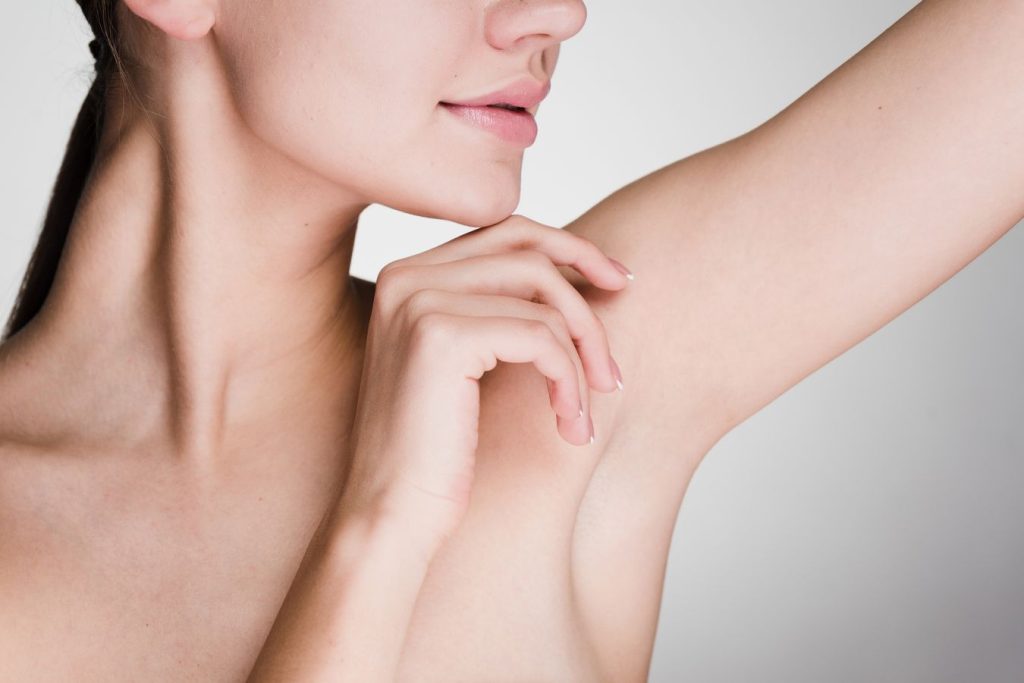
Extra Skin
etimes, extra skin may not be fully removed during the surgery. This can lead to dissatisfaction with the results.
Discuss your expectations with your surgeon before the procedure. Ask about the possibility of needing a follow-up surgery to remove any remaining extra skin.
Nerve Damage
Nerve damage is a rare but serious complication. It can result in numbness or tingling in the arms.
Report any unusual sensations to your surgeon immediately. Early intervention can help address nerve issues promptly.
Hematoma
A hematoma is a collection of blood outside blood vessels. It can cause swelling and pain.
To minimize this risk, avoid taking blood-thinning medications before surgery unless approved by your doctor. Follow post-operative care instructions carefully.
Seroma
Seroma occurs when fluid collects under the skin after surgery. It can cause swelling and discomfort.
Drainage tubes may be used to prevent seromas. Keep an eye on the incision site for signs of fluid accumulation and report them to your surgeon.
Blood Clots
Blood clots are a serious risk after any surgery. They can travel to the lungs and cause life-threatening complications.
To reduce this risk, move around as soon as possible after surgery. Wear compression garments if advised by your surgeon.
Allergic Reactions
e patients may experience allergic reactions to anesthesia or surgical materials.
Discuss any known allergies with your surgeon before the procedure. Ensure that all medical staff are aware of your allergies.
Summary
You’ve learned a lot about arm lift surgery, from understanding the procedure to knowing what affects the cost. Choosing the right surgeon and preparing for recovery are crucial steps. By being informed, you can make better decisions and feel more confident about your journey.
Ready to take the next step? Consult with a qualified surgeon to discuss your options and get personalized advice. Your new, confident self is just around the corner. Don’t wait—start your transformation today!
Frequently Asked Questions
What is arm lift surgery?
Arm lift surgery, or brachioplasty, removes excess skin and fat from the upper arms. It improves contour and appearance.
How much does arm lift surgery typically cost?
Costs range from $4,000 to $10,000. Prices vary based on location, surgeon expertise, and facility fees.
What factors influence the cost of arm lift surgery?
Factors include surgeon experience, geographic location, anesthesia fees, and facility costs.
Does insurance cover arm lift surgery?
Typically, insurance does not cover cosmetic procedures. However, if deemed medically necessary, partial coverage may be possible.
What expenses are included in the total cost of arm lift surgery?
Costs may include surgeon fees, anesthesia, operating room facilities, post-surgery garments, and follow-up visits.
How do I choose the right surgeon for my arm lift surgery?
Select a board-certified plastic surgeon with extensive experience in arm lifts. Check reviews and before-and-after photos.
What should I expect during the recovery period after arm lift surgery?
Expect swelling and bruising for 1-2 weeks. Full recovery takes several months. Follow your surgeon’s post-op care instructions for best results.





